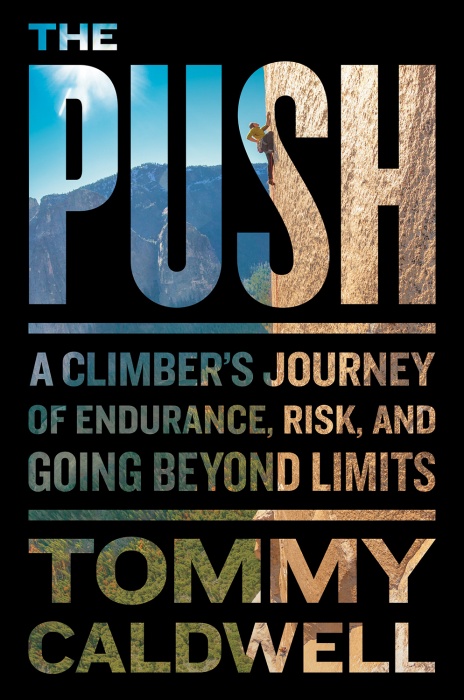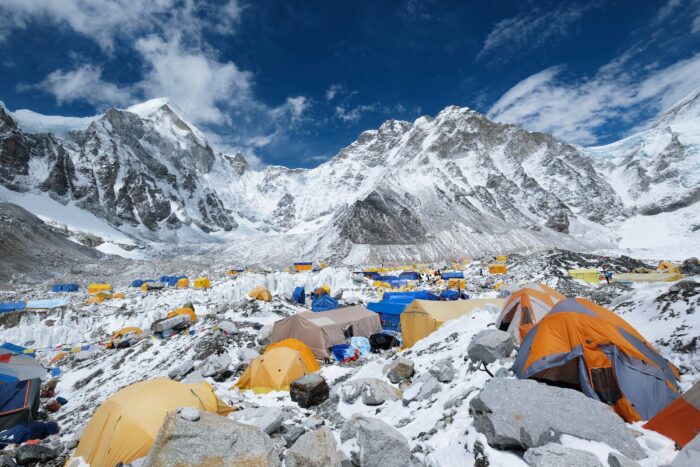From his origins as a climber to the career-defining ‘Dawn Wall’ ascent, Tommy Caldwell’s memoir, The Push, takes the reader along for the adventure.

Tommy Caldwell, 38, is a modern-day climbing pioneer. He ascended the near-featureless Dawn Wall route on El Capitan in 2015 with Kevin Jorgeson, touted as the most difficult big wall in the world.
In 2014, he and Alex Honnold became the first team to traverse Patagonia’s “skyline” in the Fitz Roy range (see the excerpt below). Caldwell’s life has seen challenges — he was held captive in Kyrgyzstan on an expedition, and he sawed off a finger in a carpentry accident, to name two public flash-points.
All of these stories are on display in the 336-page memoir, The Push: A Climber’s Journey of Endurance, Risk, and Going Beyond Limits. This excerpt gives a taste.
THE PUSH: A Climber’s Journey of Endurance, Risk, and Going Beyond Limits
Excerpted with permission from Viking, an imprint of Penguin Publishing Group.
“Those mountains look pretty intense.” He looked back at me and shrugged. “I don’t know. They don’t look that big to me.” No big deal. If I weren’t so intimidated, I would have laughed. Problem was, Alex was serious.
Ahead rose a series of irregular saw-toothed summits. Climb one face and then rappel down the opposite to begin the next ascent. Up and over and repeat for days on end. Imagine a kind of roller-coaster ride with near vertical rises, pointed crests, and precipitous descents. Adding to the challenge was a virtual absence of horizontal terrain, making bivvy spots scarce.
In some ways, I envied Alex. He didn’t know what lay ahead.
We hiked four more hours, and as the mountains grew closer Alex’s perspective seemed to shift. “Oh, my God, I can’t believe how gnarly those mountains look.” But instead of appearing intimidated, Alex seemed giddy. His eyes widened with excitement.










